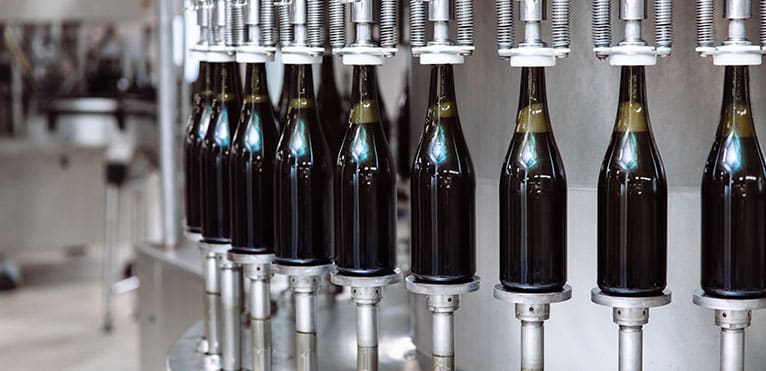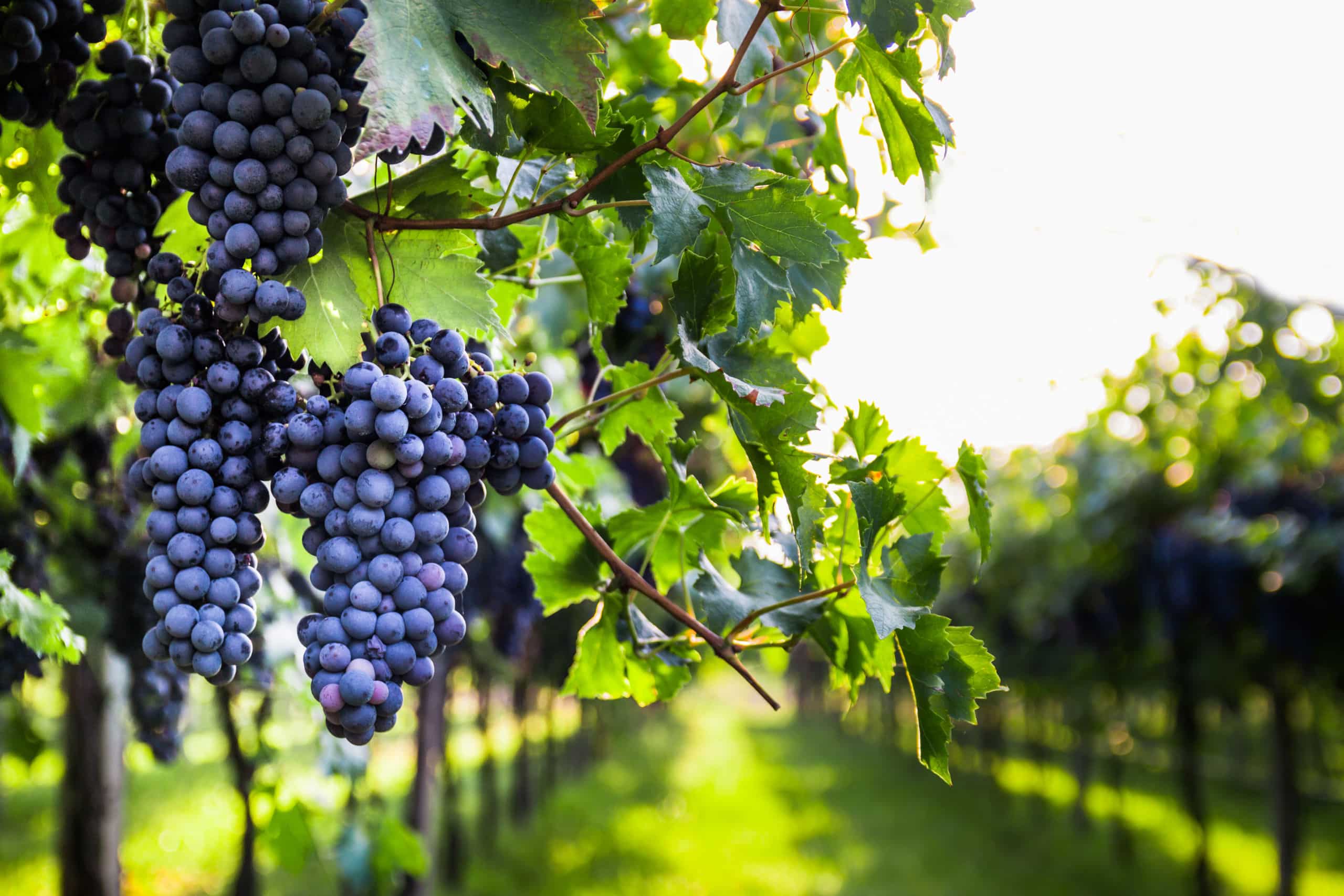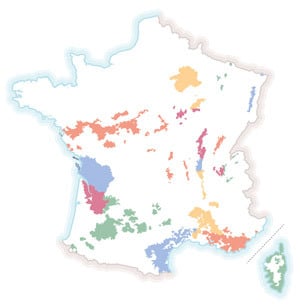
Contents
In one of its newsletters dating from 2015, “La Grappe d’autan”, IFV Sud-Ouest offers us a map of winegrowing France taking into account the latest regional reform. Let’s take a look!
1. Occitania
By combining the Midi-Pyrénées and Languedoc-Roussillon regions, the Occitanie region takes the lead in the ranking of the world’s largest producers of AOC, PGI and non-GI wines, with an average annual volume of over 16 million hectolitres, or nearly 30% of national production, distributed among some 24,000 winegrowing operations!
Occitanie is distinguished by the great diversity of its terroirs, with influences ranging from Mediterranean to oceanic for the region’s most westerly appellations, to mountainous with the Pyrenees.
Most of this production comes from the AOC and IGP Languedoc-Roussillon, the region’s Mediterranean zone, with over 226,000 hectares of vines. The South-West vineyards cover 38,000 hectares.
2. New Aquitaine
A long way behind is the Nouvelle-Aquitaine region, which produces almost 9 million hectolitres of AOC, PGI and non-GI wines. If we include wine destined for the production of Cognac or Armagnac brandy, we arrive at an average of 16 million hectolitres of wine produced per year.
In fact, the Nouvelle-Aquitaine region includes the vineyards of Bordeaux and Charentes, which are more specialized in the production of spirits. In total, the New Aquitaine winegrowing sector represents almost 216,000 hectares of vines in production, 54,000 jobs and an export value of 5.2 billion euros, 60% of which is cognac!
3. Provence-Alpes-Côte d’Azur
Last but not least, the PACA region completes this ranking, with almost 4 million hectolitres produced from over 90,000 hectares of vines. It is, however, the leading producer of rosé wines in France: 38% of national rosé production comes from Provence!
The limits of classification
This classification takes into account the number of hectoliters produced under the AOC, PGI and non-GI categories. If only AOC wines are taken into account, Nouvelle-Aquitaine takes the lead, followed by the Grand-Est region (which accounts for 97% of its AOC production) and Occitanie, which drops two places.
Photo : Adobe Stock – romannoru




